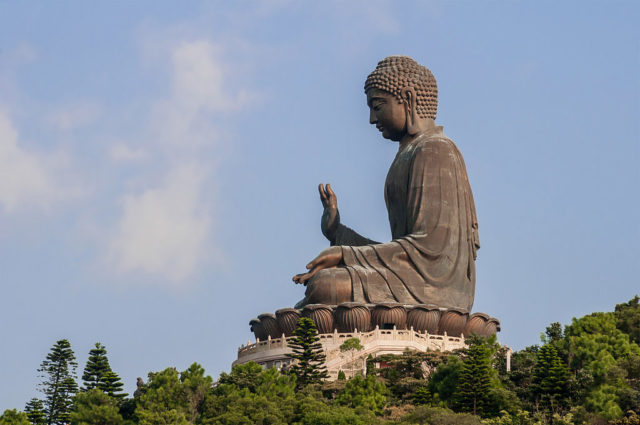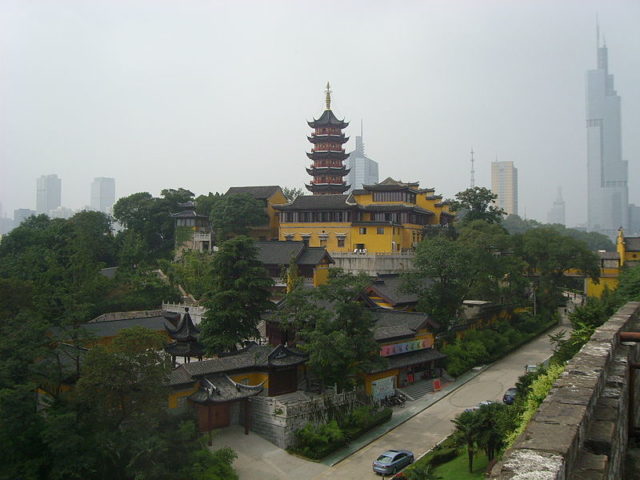Buddha is one of the most commonly known words in the world. Many people recognize the name whether they are Buddhists or not. Archaeologists now believe that they may have finally found the remains of the first Buddha, Siddhartha Gautama.
Experts recently found a 1,000-year-old chest which could help them with this theory of possibly finding Buddha’s remains. Inside the chest, fragments of bone which are thought to have belonged to Siddhartha were found. The chest itself was intricate and gold, possibly having belonged to Buddha at one point.

This amazing discovery was made during excavations at a Buddhist temple in Nanjing, China, back in 2010. During the excavations, archaeologists opened a stone chest that was found in a crypt under the temple. There, they found a beautifully ornate shrine known as a stupa. These were used for meditation.
This shrine is actually a box that measures 4 foot by 1 and 1/2 foot and is made from sandalwood, gold, silver, and embedded jewels. Inside, the archaeologists found the bones.
In a magazine article, the team was interviewed and they described the particular inscriptions on the stone chest. The chest itself dates back to 1,000 CE. They are still currently researching the names found on the chest to see if it checks out, as well as researching who may have built the shrine. It is possible that the names found on the chest could be the names of the remains that are in it.
Another magazine describes the chest itself. The small gold chest is only 3.1 inches tall. It was put inside a larger silver chest measuring about 7.8 inches tall. The casket had been locked inside the stupa and it was found near the rest of the boxes which were stored within the stone chest. Just looking at the chests inside, archaeologists could see that they held something rather important, especially to the monks at Grand Bao’en Temple in Nanjing.

Inscriptions on the stone chest actually tell the story of just how Buddha’s skull came to be put in the small, golden chest. According to a different story told by a man known as Deming, after the Buddha had passed away his remains were cremated at the Hirannavati River. The remains had been divided into thousands of portions; 19 of those had found their way to China.
If this is true, the fragment found in the chest is believed to be Buddha’s parietal bone.
The journey of Siddhartha’s traveling remains took several unexpected turns. The original resting place for the relic had been destroyed during a period of “unrest”. The temple that it had been placed in was finally rebuilt by Emperor Zhenzong in the 11th Century. After it was completed, the shrine was placed safely within the crypt. The parietal bone had been placed in the golden chest along with the silver box and crystal bottles. The crystal bottles now contain the remains of the Buddhist saints. Engraved on the gold and silver boxes are beautiful depictions of lotus flowers, phoenixes, and the guardians of the box.
The other saints’ remains had been interred at the Qixia Temple in Nanjing where they will officially stay. It is rather interesting to think that the remains will stay where they were found. Will the archaeologists take DNA samples of the bone found within the gold chest? Why wouldn’t these remains go to a museum for safekeeping? Perhaps the team of archaeologists will eventually bring in the remains for further testing.
